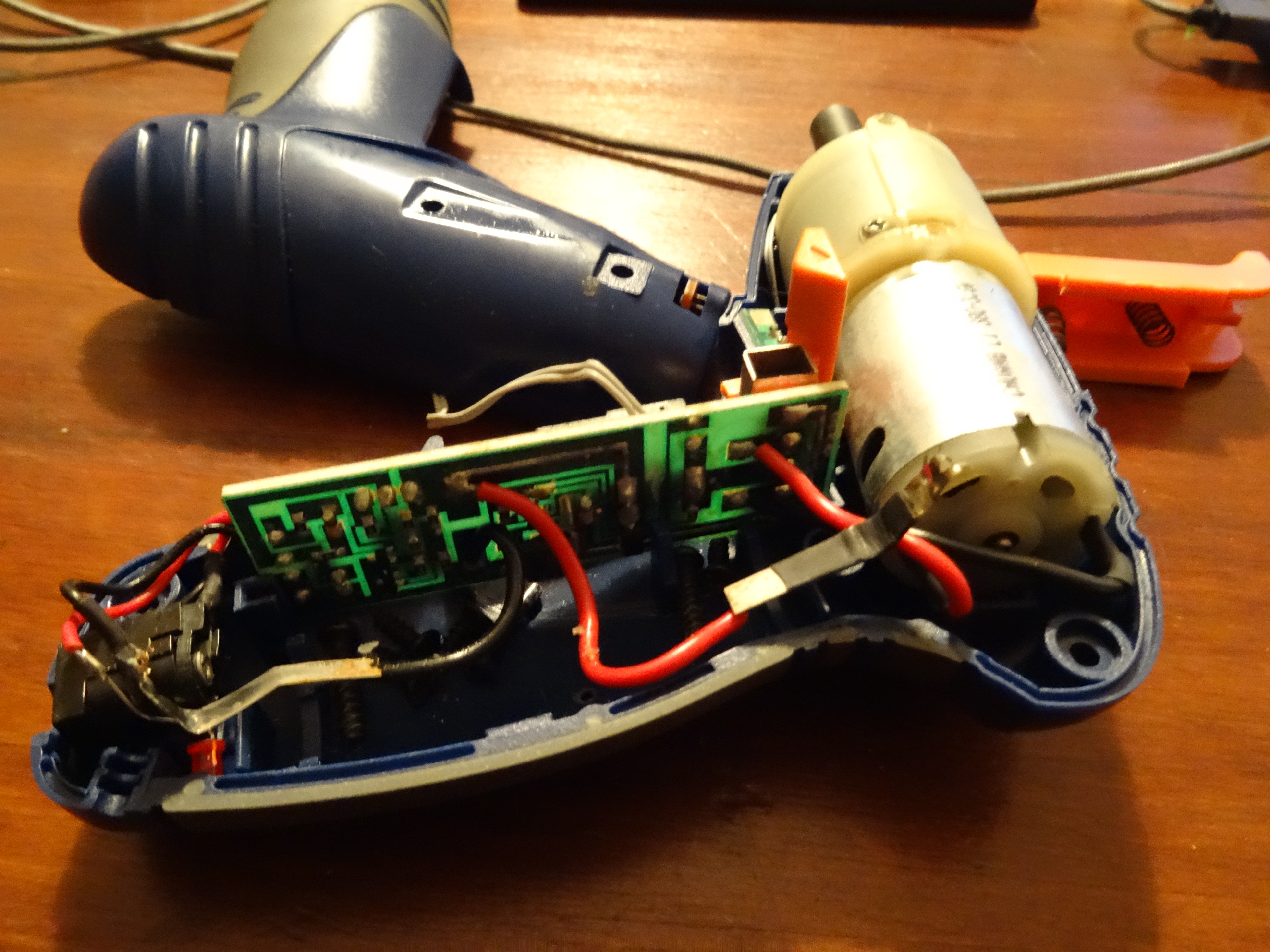
Aprovechando que estábamos de ruta por el Parque Natural Volcánico de la Garrotxa, nos hemos acercado a visitar la Cooperativa La Fageda. Ya conocíamos la magnifica labor que cumple la cooperativa hacia la sociedad en general, pero teníamos ganas de ver cómo funciona por dentro, así que nos acercamos interesados en hacer una visita guiada.
Cuando preguntamos por las visitas el único grupo con plazas disponibles iniciaba su recorrido, así que gracias al recepcionista, nos colamos en la sesión. La primera impresión cuando llegas a la cooperativa, que está situada en medio del Parque Natural Volcánico de la Garrotxa, es de una gran tranquilidad y armonía.
¡Manos a la obra! Nos unimos al grupo y seguimos las explicaciones de nuestra guía, que nos mostró el proceso de elaboración de los productos, comenzando con las vacas, pasando por el envasado de los productos y terminando con una exquisita degustación.
Para los que conozcáis la Cooperativa La Fageda, aquí van unos cuantos puntos muy interesantes:
¿Por qué es importante la Cooperativa La Fageda?
La Fageda es una Cooperativa en la que trabajan personas con discapacidades intelectuales y trastornos mentales severos. Fabrican derivados lácteos (yogures, helados, etc) y mermeladas de manera natural, entre otros. Aquí ya podemos entrever dos temas muy importantes: primero la función integradora con la que cumplen y segundo la calidad de sus productos. Respecto a su función integradora, simplemente hay que acudir a su historia para entender cómo nació el proyecto. Alguien con una amplia visión del papel de la sociedad decidió que las personas con discapacidades intelectuales y trastornos mentales severos no deberían de estar encerradas en una institución mental, sino que merecían ser valoradas por sus capacidades y habilidades.
Sus productos
La Cooperativa dispone de huertos y vacas que son tratados de manera totalmente ecológica y sostenible. Sus animales no toman ningún tipo de pienso e incluso pueden disfrutar de música y masajes para relajarse y generar más leche. El proceso de elaboración es muy respetuoso con los animales y el entorno. Por si todo esto no fuese suficiente, los productos no llevan conservantes ni colorantes. Esto genera un pequeño inconveniente: solamente se pueden obtener en localizaciones cercanas. Pero hemos de pensar que La Fageda cumple principalmente una función integradora y su función no es la capitalización de beneficios ni el dominio del mercado; pese a que son los terceros en volumen de ventas de Catalunya.

Cómo ser partícipe de un proyecto humano como este
A voz de pronto, hay dos forma muy fáciles de colaborar:
- Visitando la Cooperativa. Sus instalaciones son muy interesantes, la visita guiada muy instructiva, está situada en un entorno espectacular y solamente cuesta 4€.
- Comprando sus productos. Cada vez que adquieras yogures o helados, sé consciente de lo que significa ser partícipe de un proyecto como este y decide por ti mis@ si quieres contribuir al ciclo capitalista de la mayoría de empresas o te apetece colaborar con la integración de las personas.
- Explica a tus amigos lo que significa la Cooperativa La Fageda.
En la página web de La Fageda puedes encontrar más información sobre el proyecto y sus productos: fageda.com.

Like this:
Like Loading...













